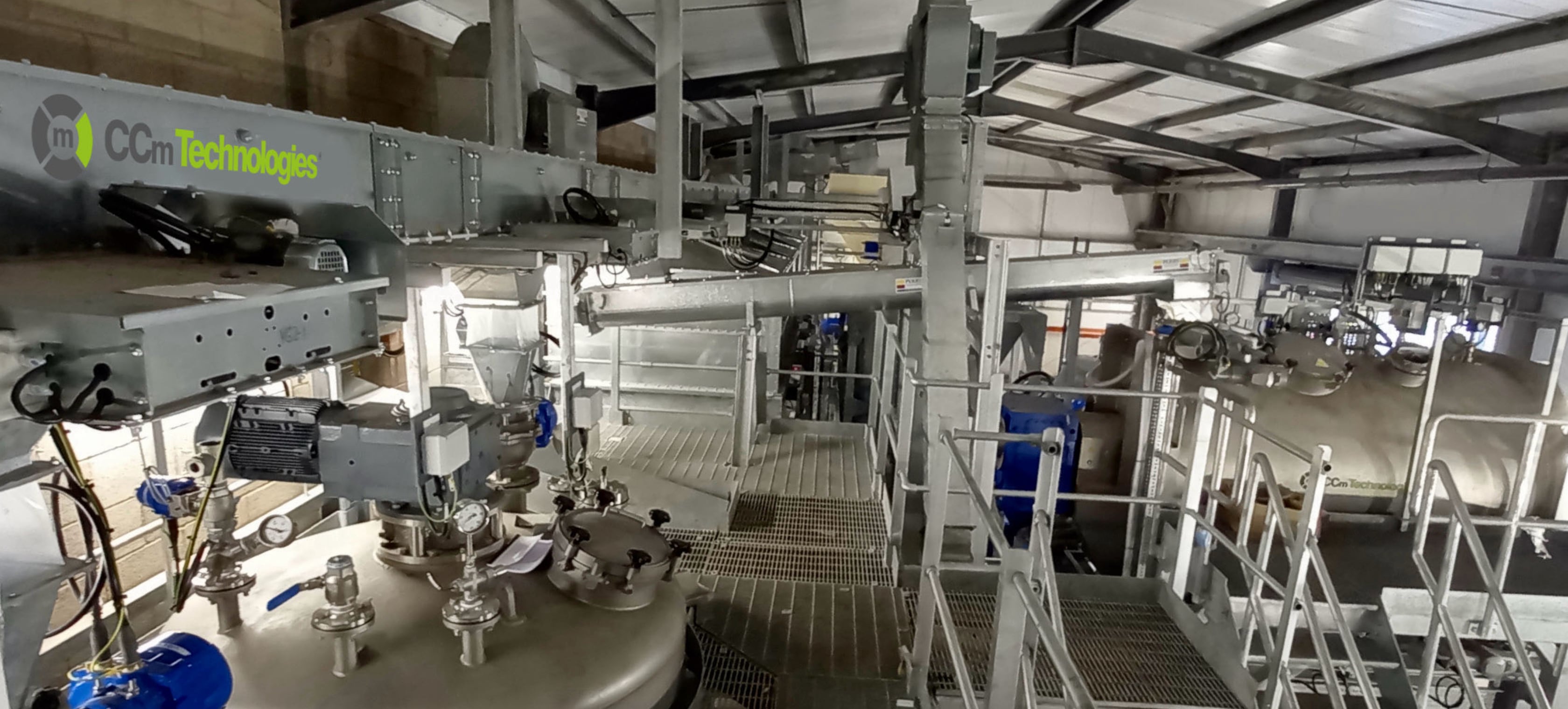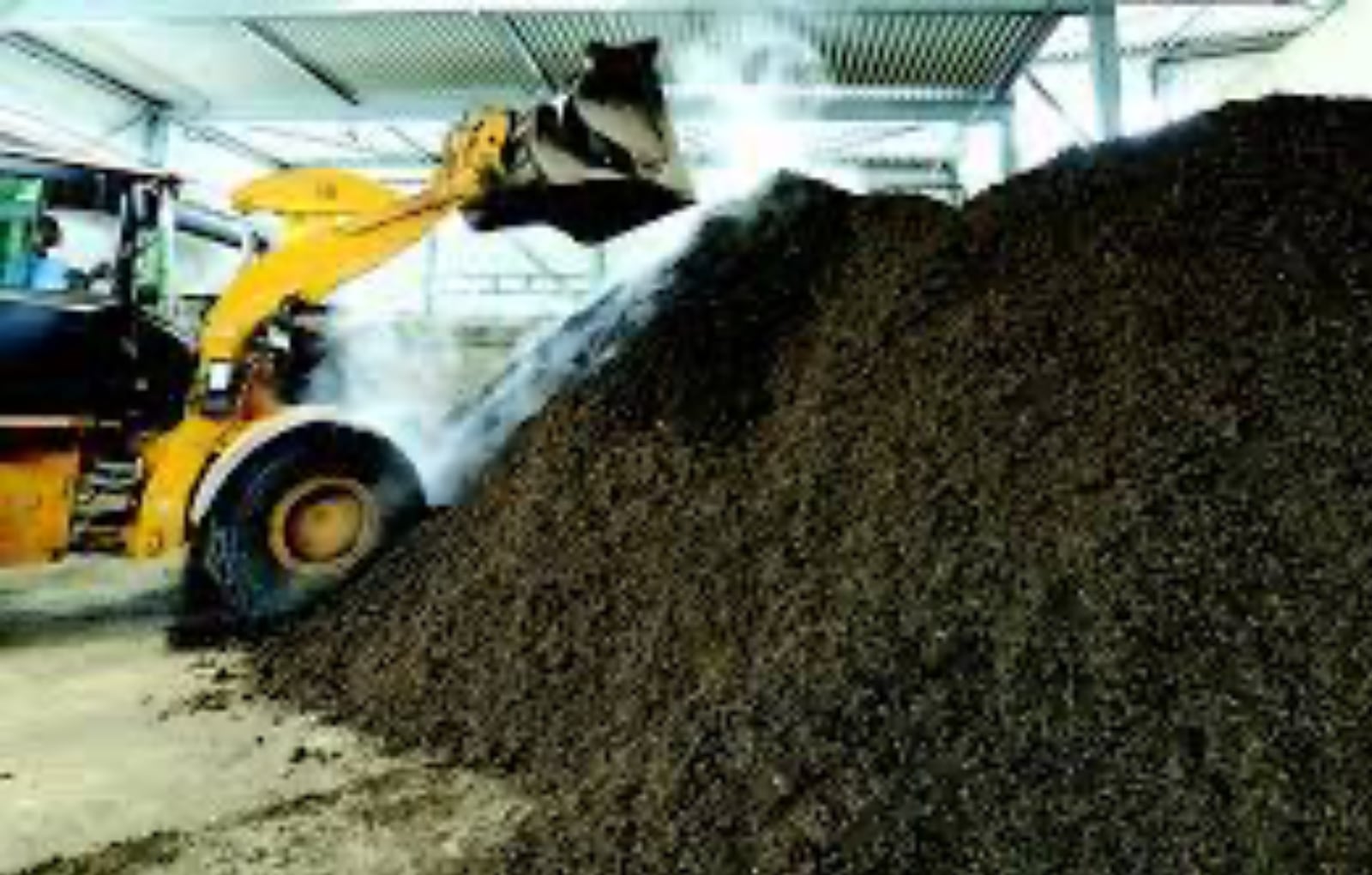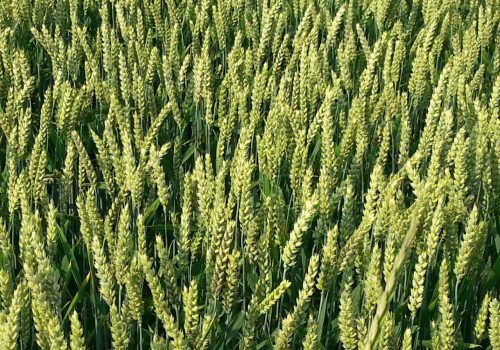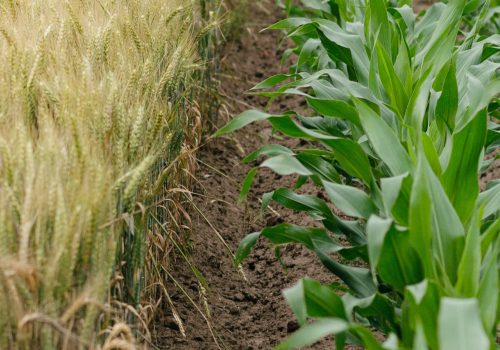Transform low-value waste resources into predictable, high-value products.
CCm's process captures, avoids and sequesters carbon, enabling a fertiliser production process that is climate positive. Recovered CO2 that would otherwise be emitted to the atmosphere is captured, stabilised and utilised as a valuable crop nutrient for the CCm process. Additional recovered nutrient resources are used within the process, reducing the volume of emissions compared to utilising fossil fuel based mineral nutrient alternatives. CCm reduces emissions across Scope 1, 2 & 3, with the largest proportion of emissions reduced in Scope 3. This impact is greatest within food manufacture and retail industries.








